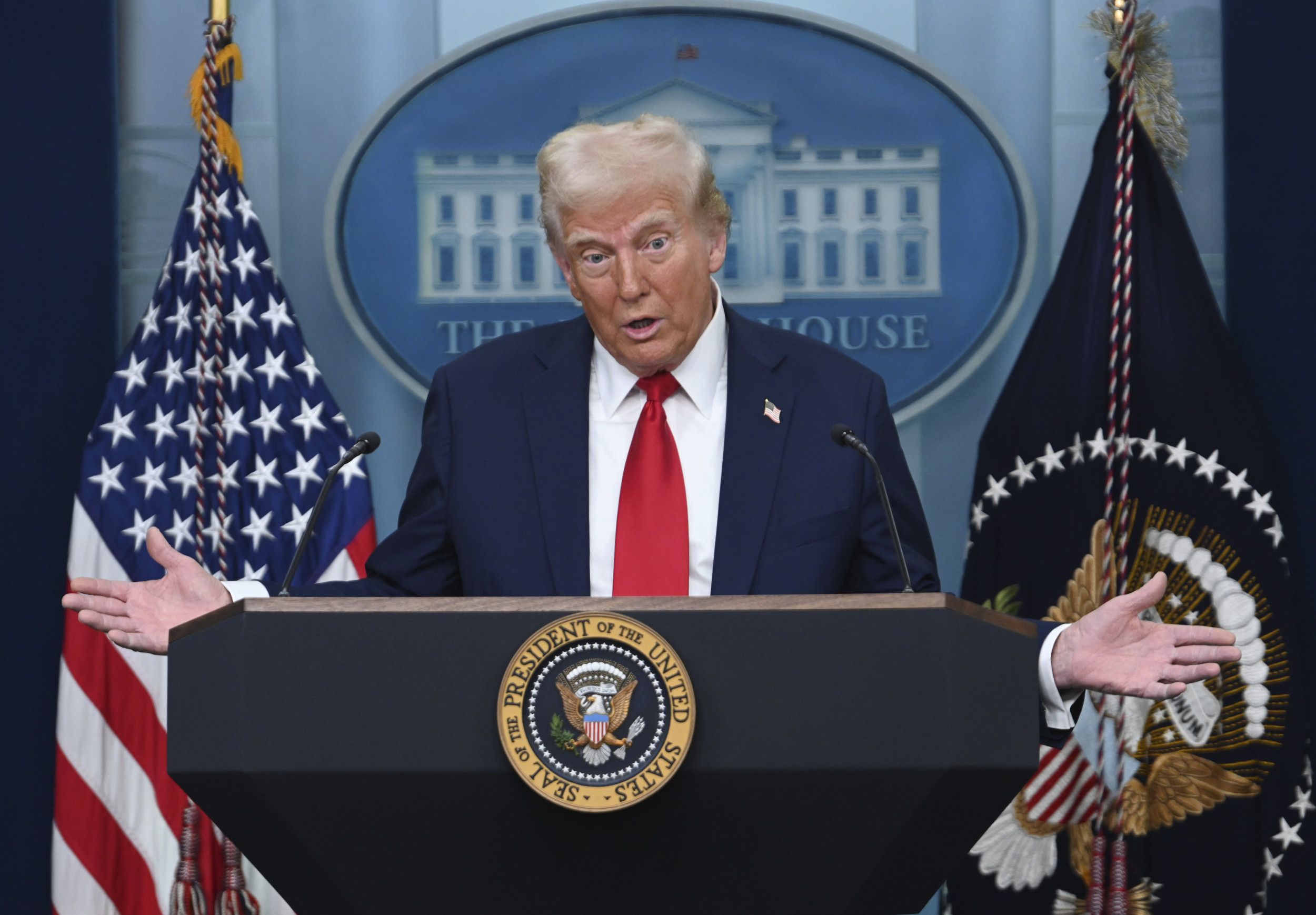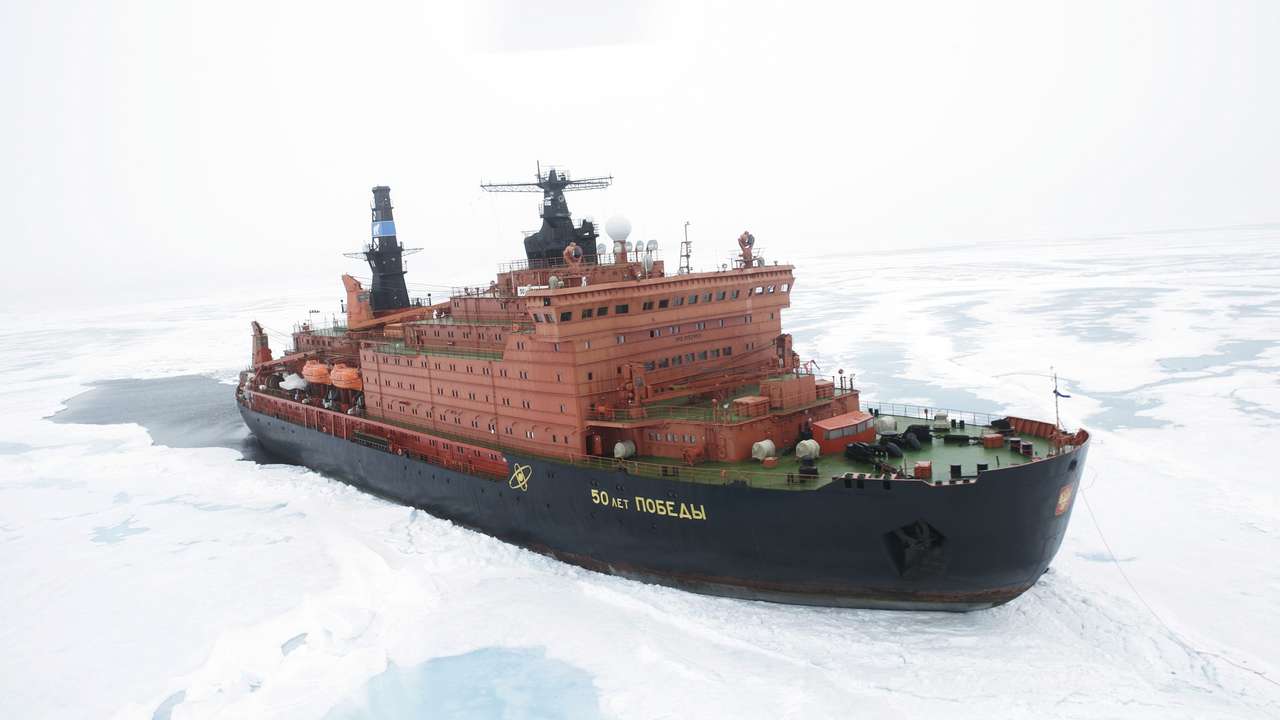Economic Uncertainty: CEOs Cite Trump Tariffs As Major Threat

Table of Contents
The Direct Impact of Trump Tariffs on Businesses
The immediate and most direct consequence of Trump tariffs is the increased cost of imported goods. This has a profound effect on businesses, particularly those heavily reliant on international trade.
Increased Costs and Reduced Profit Margins
Tariffs essentially add a tax onto imported products, directly increasing their cost. This translates to squeezed profit margins for businesses that rely on these imports for production or resale.
- Industries Heavily Impacted: The manufacturing sector, particularly those producing goods with significant imported components (e.g., automobiles, electronics), felt a significant blow. The agricultural sector also suffered, with retaliatory tariffs impacting exports of key crops like soybeans.
- Price Increases and Decreased Profits: Studies showed significant price increases across various consumer goods following the imposition of tariffs. Businesses often absorbed some of these costs initially, leading to reduced profit margins, while others passed the costs directly to consumers, fueling inflation.
- Ripple Effect on Consumer Prices: The increased cost of imported goods wasn't contained within businesses. These increased costs were inevitably passed down to consumers, resulting in higher prices for everyday items and contributing to inflation.
Supply Chain Disruptions and Delays
Tariffs didn't simply increase costs; they also created significant disruptions within global supply chains. The added complexity and uncertainty made it harder for businesses to predict costs and manage inventory.
- Supply Chain Bottlenecks: Tariffs led to bottlenecks at ports and border crossings, resulting in delays and increased logistical costs for businesses. The time it took to import goods increased significantly, impacting production timelines.
- Impact on Production Timelines and Inventory Management: Businesses struggled to accurately forecast demand and maintain optimal inventory levels. Delays in receiving imported goods meant production lines were sometimes halted, leading to lost productivity and revenue.
- Challenges of Finding Alternative Suppliers: Some businesses attempted to diversify their supply chains and source goods from different countries to mitigate the impact of tariffs. However, this proved to be costly and time-consuming, requiring significant investment and research.
CEO Sentiment and Investment Decisions
The uncertainty generated by the Trump tariffs significantly impacted CEO sentiment and, consequently, investment decisions. This uncertainty made long-term planning significantly more difficult.
Decreased Business Investment
The uncertainty surrounding future trade policies and potential tariff increases led many CEOs to postpone or cancel planned investment projects. This hesitancy to commit capital had significant implications for the broader economy.
- Statistics on Decreased Capital Expenditure: Several economic reports indicated a decline in business investment following the implementation of tariffs. Businesses were more inclined to hold onto cash reserves rather than invest in expansion or new projects.
- Impact on Job Creation and Economic Growth: Reduced investment translates directly into fewer job creation opportunities and slower economic growth. The uncertainty created an environment where businesses prioritized survival over growth.
- CEO Surveys and Reports: Numerous surveys and reports conducted during this period revealed a significant decline in CEO confidence, directly linked to the uncertainty caused by the trade war and its tariffs.
Impact on Hiring and Employment
The decreased investment and the general atmosphere of uncertainty also directly impacted hiring decisions. Businesses were less likely to expand their workforce under such unpredictable conditions.
- Statistics on Decreased Hiring Rates: Data showed a slowdown in hiring in several sectors after the introduction of tariffs. Businesses prioritized cost-cutting measures rather than expanding their payroll.
- Hesitation to Expand Workforce: The risk of further tariffs or retaliatory measures made businesses wary of committing to long-term employment contracts. They prioritized retaining existing staff rather than taking on new employees.
- Potential for Job Losses: In some cases, businesses were forced to lay off workers due to reduced demand or production difficulties resulting from tariff-related disruptions.
The Broader Economic Consequences
The impact of Trump tariffs extended far beyond individual businesses, creating broader economic consequences with long-lasting implications.
Global Trade Tensions and Retaliation
The imposition of tariffs by the US sparked retaliatory measures from other countries, escalating global trade tensions. This tit-for-tat response exacerbated the negative effects.
- Examples of Retaliatory Tariffs and Their Impact: Countries like China and the European Union responded with their own tariffs on US goods, creating a cycle of trade restrictions that negatively impacted both US businesses and consumers.
- Broader Implications for International Trade Relations: The trade war damaged trust and cooperation among nations, increasing uncertainty and making it harder for businesses to operate in a predictable global environment.
Impact on Consumer Confidence and Spending
The increased prices due to tariffs and the overall economic uncertainty negatively affected consumer confidence and spending. This further dampened economic growth.
- Statistics on Consumer Confidence and Spending: Data demonstrated a decline in consumer confidence and a decrease in consumer spending as prices rose and uncertainty increased.
- Ripple Effect on Overall Economic Growth: Reduced consumer spending has a significant impact on overall economic growth. When consumers are less confident or have less disposable income, they spend less, creating a downward spiral.
Conclusion
In conclusion, the Trump-era tariffs significantly contributed to economic uncertainty, negatively impacting CEO confidence, investment decisions, hiring practices, and overall economic growth. The increased costs, supply chain disruptions, retaliatory tariffs, and the resulting decline in consumer confidence had far-reaching and lasting consequences. Understanding the effects of economic uncertainty and the lingering influence of these trade policies remains crucial for navigating the current economic landscape. We urge readers to stay informed about the ongoing impact of these policies and participate in thoughtful discussions regarding future trade strategies. Continue to research the impact of economic uncertainty and Trump tariffs to stay informed and engage in the conversation shaping our economic future.

Featured Posts
-
 Saint Laurents Milan Design Week 2025 Tribute To Charlotte Perriand
Apr 26, 2025
Saint Laurents Milan Design Week 2025 Tribute To Charlotte Perriand
Apr 26, 2025 -
 Analyzing The Contribution Of European Shipyards To Russias Arctic Gas Industry
Apr 26, 2025
Analyzing The Contribution Of European Shipyards To Russias Arctic Gas Industry
Apr 26, 2025 -
 De Onverklaarbare Zoete Nederlandse Broodje
Apr 26, 2025
De Onverklaarbare Zoete Nederlandse Broodje
Apr 26, 2025 -
 Mission Impossible Dead Reckoning Part Two Hanging Off A Plane Bts Footage
Apr 26, 2025
Mission Impossible Dead Reckoning Part Two Hanging Off A Plane Bts Footage
Apr 26, 2025 -
 Todays Nyt Spelling Bee March 25th 387 Hints Answers And Tips
Apr 26, 2025
Todays Nyt Spelling Bee March 25th 387 Hints Answers And Tips
Apr 26, 2025
